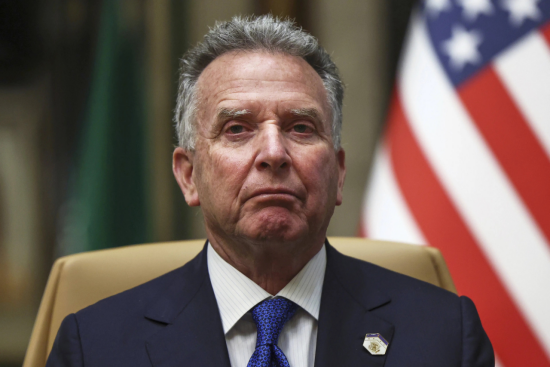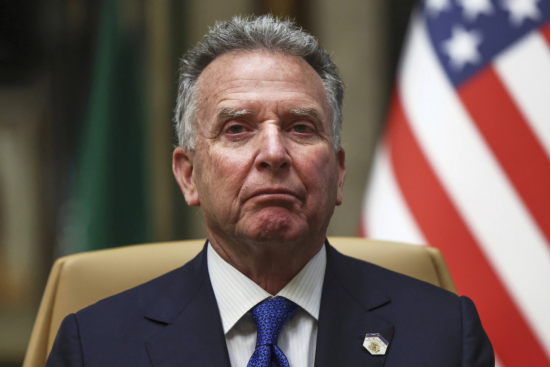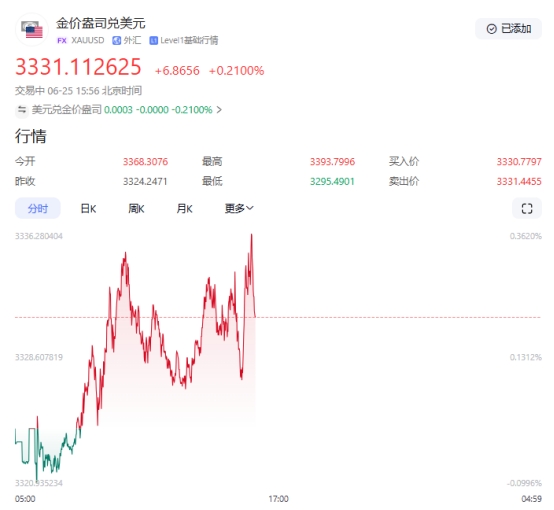US Middle East envoy says long-term peace agreement "prospects optimistic", gold market under pressure
- 2025年6月26日
- Posted by: Macro Global Markets
- Category: News

US Middle East envoy says long-term peace agreement "prospects optimistic", gold market under pressure

I. Negotiation Background and Progress
Since the resumption of the US-Iran negotiations in April 2025, four rounds of indirect talks have been held, with the core issues focusing on the restrictions on Iran's nuclear program and the lifting of US sanctions. This breakthrough stems from the ceasefire agreement announced by Trump on June 23: Iran agreed to the first 12-hour ceasefire, followed by Israel, and the conflict was officially ended 24 hours later. The ceasefire agreement was reached through the mediation of Qatar and the United States. After attacking the US military base in Qatar, Iran released a signal of easing and said it would no longer launch attacks. The United States promised not to retaliate and resume negotiations.
2. Core Conflicts and Potential Obstacles
Despite the optimistic signals from the envoy, the negotiations still face multiple challenges:
Differences on nuclear issues: The United States requires Iran to limit the enrichment level of uranium to below 3.67% and destroy some facilities, while Iran insists on its right to peaceful use of nuclear energy and only agrees to place some of its enriched uranium stockpiles and centrifuges under international supervision.
Game on non-nuclear issues: The United States tried to include restrictions on Iran's ballistic missile development and regional influence in the negotiations, but Iran explicitly refused to discuss anything other than nuclear issues.
Israeli interference: Israeli Prime Minister Benjamin Netanyahu has repeatedly pressured the United States to adopt the "Libya model" to force Iran to abandon its nuclear weapons, and hinted that he does not rule out the possibility of a single-handed attack on Iran's nuclear facilities.
U.S. domestic politics: Special Envoy Witkoff is on "leave" due to security clearance review, which may delay the negotiation process; anti-Iran lobbying groups continue to exert pressure to maintain sanctions on Iran.
3. Immediate reaction of the gold market
The cooling of geopolitical risks directly impacted the safe-haven demand for gold. In the early Asian session on June 24, spot gold plummeted by more than $35 due to the ceasefire news, reaching a low of $3,333 per ounce. Data from the Asian session on June 25 showed that spot gold was trading at $3,331 per ounce, up 0.21% from the previous trading day, and fell below the 3,300 mark to around 3,295. The market's optimistic expectations for the prospects of negotiations led to the withdrawal of safe-haven funds, and the holdings of gold ETFs decreased by 12.3 tons in a single day, the largest drop in three months.

